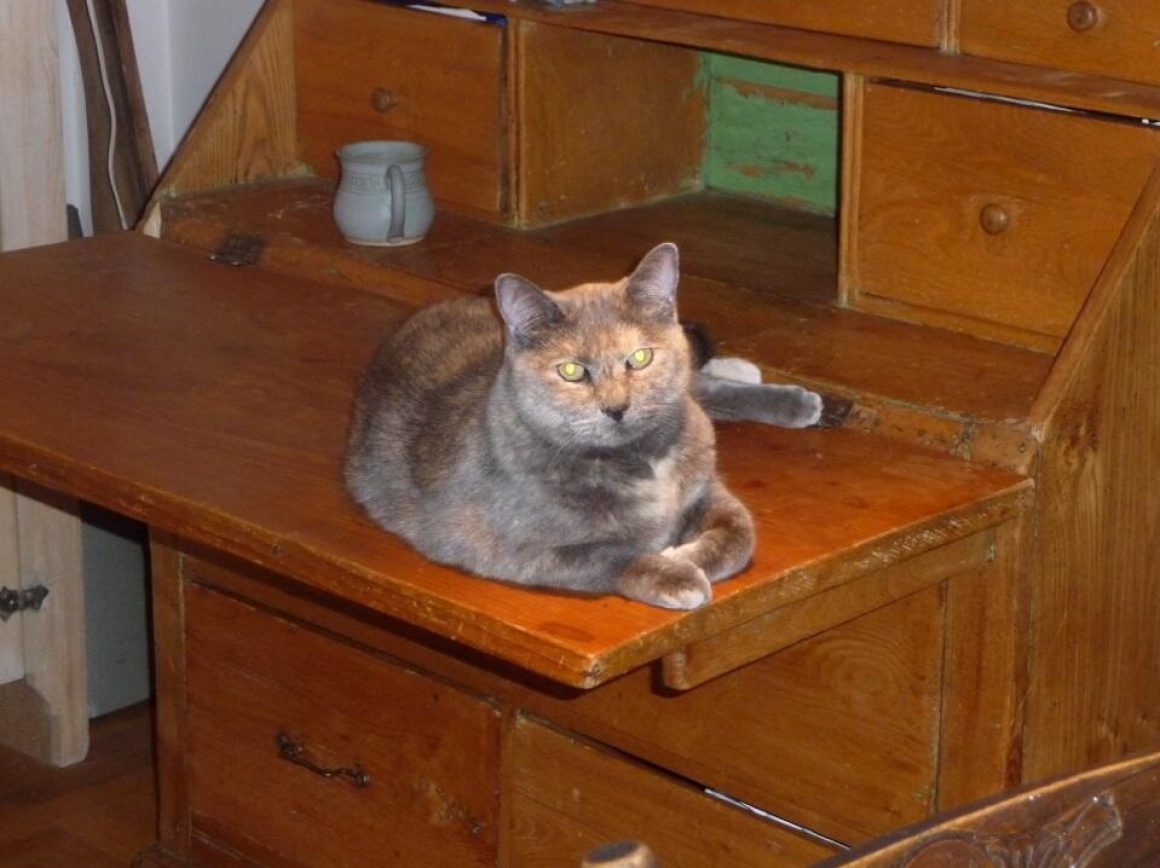Patricia Stone’s intricate and vivid “Passing On”, from her collection Close Calls, examines how a mother “pass[es] on” her anxiety about health and premature death to her daughter, and how her daughter tries to cope with this inherited “dread” (7).
Stone sets the story up skillfully: “Nan Adams sat in the bathtub and solemnly stared at her toe” (6). Having accidentally dropped the “sharp side” (6) of a knife on her toe two days earlier, she fears she has “blood poisoning” (6) or that her toe will require “amputation” (6) and has hidden the condition of her toe from her mother.
As Nan takes a bath, Stone exposes the possible causes of Nan’s worry. We learn, for instance, that when Nan received a tuberculosis test at school and her “circle of pin pricks remained red a day after her test” (10), her mother concluded that Nan had tuberculosis and might need to spend “a year in a sanitorium” (10). On a different day, a pain in Nan’s leg lead her mother to tentatively diagnose rheumatic fever, a disease that could leave girls “crippled” (11). If only slightly ill, Nan must surrender to “shining half-moon bed pans, thermometers, a bed to feign sleep in all day” (12). Furthermore, if Nan needs a drink of water after playing outside all afternoon, she hesitates, “because once her mother…explained that excessive thirst was a symptom of sugar diabetes” (11).
Perhaps as a way to escape her mother’s vigilance, Nan spends a lot of time in the woods near her house:
She had been coming up from the woods after running all day along the paths pretending to be galloping on an unbroken black Stallion; and then to be running faster than anyone had ever run before, down hills never losing her footing” (12).
In her mother’s absence, Nan temporarily becomes an unstoppable force- energized and agile. Still, even on this particular day, as Nan climbs through the slats on a fence, “it was as if the whole world clicked off, jarred to a sickeningly permanent halt for just an instant-and she thought of death again” (12). Nan realizes in this moment that the “thought of [death] would always effect her life” (12). By exploring how Nan descends from feelings of empowerment to powerlessness, Stone allows Nan to emerge on the page in her full complexity: although Nan can escape her “dread” (7), the “thought [of death]” (12) can find, catch and overwhelm her at anytime.
The story ends as Nan’s bath ends. Before bed, as Nan makes (and burns) a piece of toast, Mrs. Adams discovers the condition of Nan’s toe and calls in Nan’s father to assess it. When he says that it is “just a little cut” (14), Mrs. Adams says, “Look at that red streak; that’s the first sign of gangrene” (15). The father wins out, and Nan goes off to bed.
Rather than neatly exiting the story in this moment of clarity and relief (15), Stone takes the time to show that Nan’s knowledge of her mortality cannot simply vanish.
In the final moments of the story, Nan experiences a “peculiar, familiar” (16) sensation that she is “tall” (16) and then “tiny” (16) and then that she is “melting taffy” (16). Stones gives the impression of a young girl whose borders are painfully flexible, whose shape is not yet definite, whose sense of herself is open and undefined.
Just before sleep, Nan thinks of how her father “rescued’(17) her, suggesting her belief that she has been spared death not simply because there was nothing wrong with her to begin with, but through his intervening hands. Or perhaps Nan believes that her father has “rescued” (17) her from her mother and her conviction that death will come unexpectedly and horribly. In any case, Nan lies in bed, not wanting to enter “dizziness and black sleep” (17). I cannot help but think, given Nan’s avoidance of sleep, that her rescu[e] (17) is temporary, and that “the thought [of death]” (13), is one that has permeated her thin, adolescent skin and that belongs to her now whether she wants it or not.
Patricia Stone, the author of three superb collections, of which Close Calls was the first, has been designated by Kenneth J. Harvey as one of Canada’s “finest short story writers”. What constitutes such a designation? The kind of stories that Stone consistently produces- stories in which every word is the right one, where characters live and breathe, and where the stories, over and over, strike true and profound notes.
Stone, Patricia. “Passing On.” Close Calls. Dunvegan, Ontario: Cormorant Books, 1991. 6-17.
